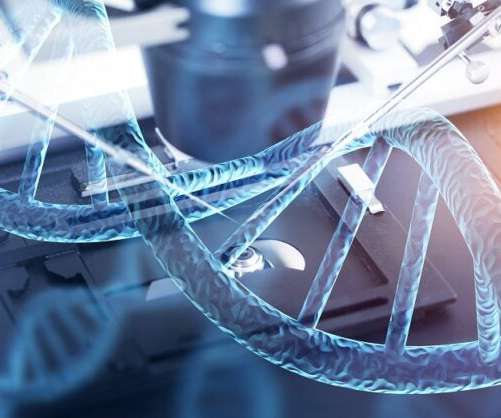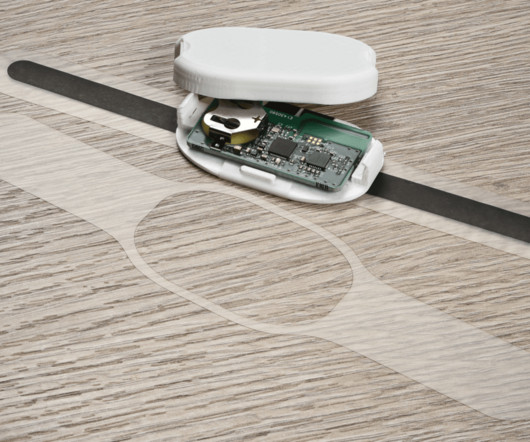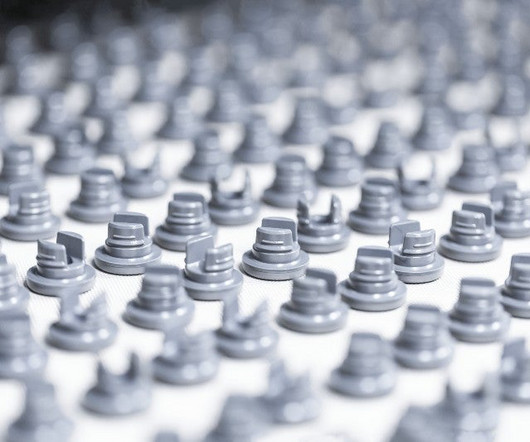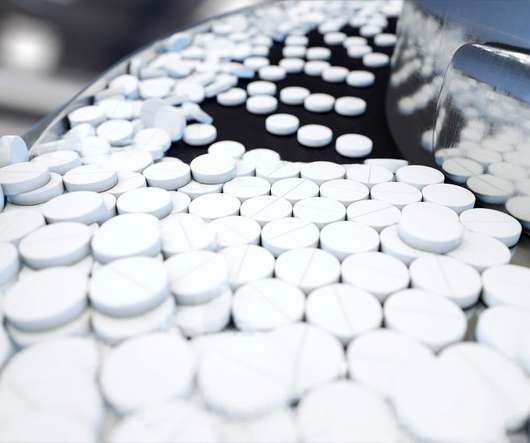Flexible grinding processes for sterile nanopharmaceutical manufacturing
Pharmaceutical Technology
OCTOBER 26, 2022
It indicates that nanomedicine also has the potential to combat the threat of antibiotic resistance via the use of nanomaterials with intrinsic antibacterial properties, as well as using nanoparticles as effective drug delivery systems for antibacterial agents.












Let's personalize your content